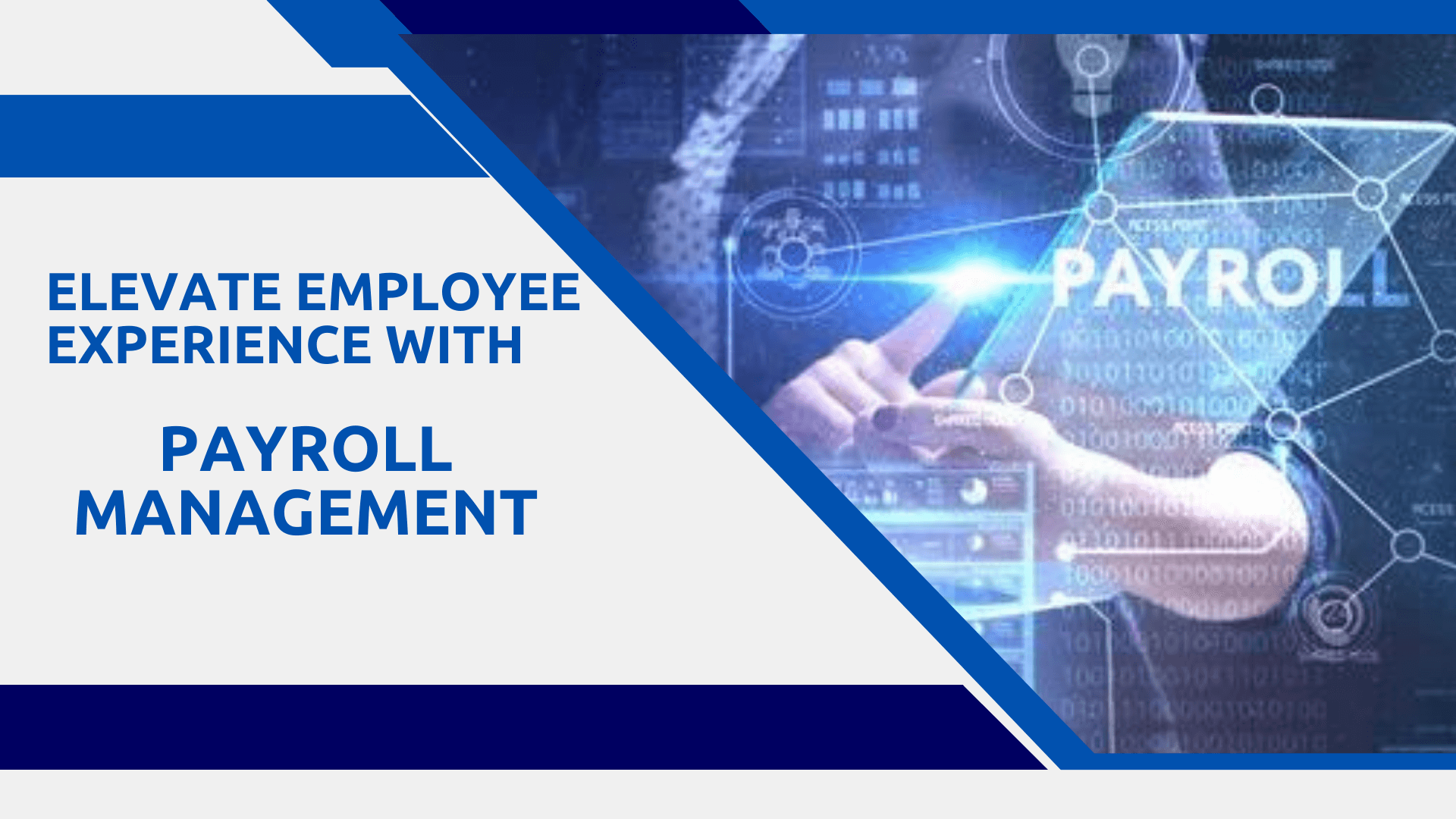
Employee experience is paramount in today’s competitive recruitment market. Companies strive to foster environments that attract top talent and keep them engaged and motivated. In this equation, an often overlooked yet crucial element is the payroll module within an HRMS (Human Resource Management System).
Imagine a scenario where accessing paystubs or updating tax information feels like navigating a labyrinth. Frustration mounts, questions pile up, and precious time is wasted.
This is the reality for employees stuck with clunky, archaic payroll modules. Conversely, a user-friendly payroll module can transform this experience into empowerment and satisfaction.
Unveiling the Magic of Simplicity:
A well-designed payroll module within an HRMS is intuitive and accessible. Users can easily find the information they need, navigate seamlessly through the interface, and accomplish tasks efficiently. This translates to several benefits for both employees and HR personnel:
For Employees:
- Increased Transparency: Easy access to pay slips, pay stubs, deductions, and tax contributions fosters trust and understanding. Employees can feel confident that their salary is being handled accurately and fairly.
- Empowerment and Autonomy: Self-service features like updating dependents, managing leave requests, and submitting expense reports put employees in control of their personal data and HR needs. This autonomy boosts satisfaction and engagement.
- Reduced Stress and Frustration: Navigating a user-friendly payroll module is a breeze, eliminating time-consuming inquiries and confusion. Employees can focus their energy on their work, minimizing stress and boosting productivity.
For HR Personnel:
- Improved Efficiency and Accuracy: Automating routine tasks like tax calculations and payroll processing frees HR teams to focus on more strategic initiatives. This reduces errors and minimizes manual work, saving valuable time and resources.
- Enhanced Communication and Support: A user-friendly module encourages employees to manage their HR needs actively, reducing the number of support requests. HR personnel can dedicate time to complex inquiries and provide more personalized support.
- Positive Employer Branding: A seamless payroll experience creates a positive impression on employees, making the company a more attractive employer. This translates to improved recruitment and retention rates in the long run.
Investing in User Experience, Reaping Big Rewards:
Implementing a user-friendly payroll module isn’t just about convenience; it’s a strategic investment in employee experience. By prioritizing seamless access and intuitive design, companies can:
- Boost Employee Satisfaction and Engagement: Happy employees are productive employees. A positive payroll experience contributes to overall job satisfaction and reduces the likelihood of turnover.
- Attract and Retain Top Talent: A user-friendly HRMS stands out in a competitive market. Companies with accessible and intuitive payroll modules are more likely to attract and retain talented individuals.
- Enhance Employer Brand: A smooth payroll experience translates to positive word-of-mouth, strengthening the company’s employer brand and attracting future talent.
Looking Ahead
In conclusion, a user-friendly payroll module within an HRMS is more than just a technical feature; it’s a key driver of employee engagement, satisfaction, and organizational success. By prioritizing intuitive design and seamless access, companies can unlock the magic of simplicity, turning payroll from a pain point into a positive contributor to their employee experience strategy.






